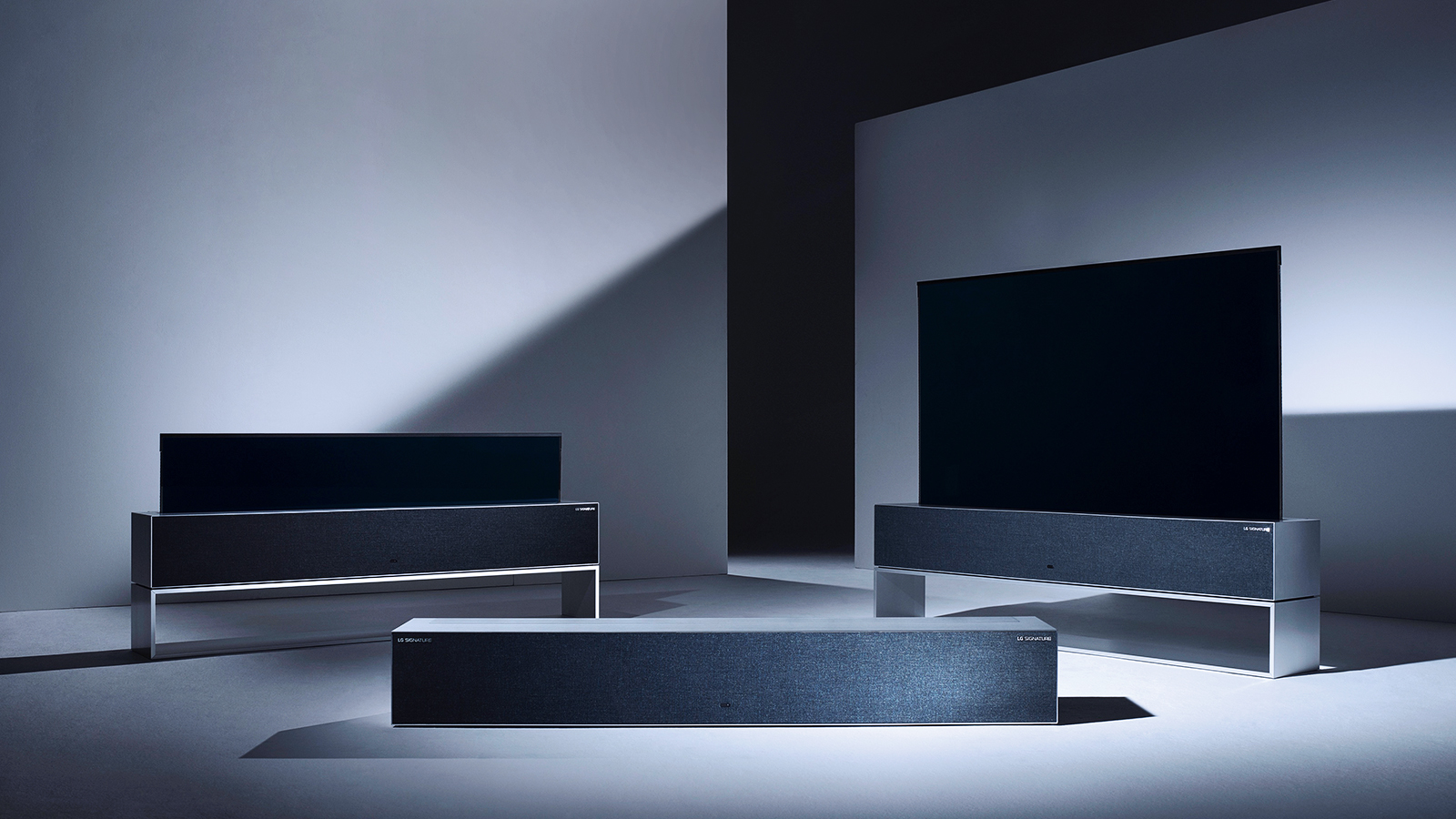Why OLED panels make now the perfect time to bring back 21:9 ultrawide TVs
Cinematic widescreen is on phones and PC monitors, but not where it belongs: in your home cinema setup


The TV set I most desperately wanted to own in my life (apart from my very first one for my bedroom, obviously) was the Philips Cinema 21:9 56PFL9954H, a set from the heady Full HD days of 2009 that remained on-sale until 2012. As the name implies, this set tossed the 16:9 HD standards out the window and featured a 2560x1080 cinematic widescreen panel, so that you could watch movies without the letterboxing. Philips' Ambilight was included too, so it was just about the most atmospheric way to watch movies on the planet.
At the time, I thought it was the coolest TV idea I'd ever seen, and here in 2021… yep, I still think that. If anything, it's only become a more relevant concept, because I haven't been to the actual cinema since seeing Rise of Skywalker (hoo boy, what a downer for a last experience to have had), yet I've watched more films in the last 12 months than any year in the decade before.
And the technology involved only makes more sense now! At the time Philips had a resolution solution that seemed weird: so that the TV actually show regular 16:9 Full HD footage at real Full HD resolution, the screen was 1080 pixels tall. You could watch regular 16:9 video with black bars at the side, as if it were a 50-inch-or-so set. When watching something in cinemascope, the TV actually had to upscale the 1920x1080 original image to 2560x1440, effectively, with the black bars at the top and bottom then cropped off. The upscaling worked really well, mercifully, but we've only become better at it since.
For a while, I've been of the opinion that we're moving to a world where we won't worry about 'native' resolutions anymore, because upscaling and processing is so advanced and prevalent that it doesn't matter. 4K consoles regularly create frames at lower resolutions and upscale them; 8K TVs offer better image quality than 4K TVs despite there being no 8K content… having an exact pixel match ain't what it used to be. And in that environment, doesn't the Philips TV's embrace of upscaling make perfect sense? A modern version with a 5040x2160 screen and an AI-based processor would look better-than-4K no question.

LG's rollable OLED has two different screen heights, but neither of them is 21:9…
Go wide or go home
In the last few years, 21:9 screens have suddenly become huge, appearing on the best phones and PC monitors… but not the best TVs. And I do understand why – it would be really expensive to produce, and the total list of buyers would be me, a handful of equivalent nerds from AV forums, and some footballers. I never got to own the Philips set I coveted so much because it cost £4,500 – more like £6,500 adjusted for inflation – and though panel costs have come down massively, I would still expect it to be premium priced.
But think about what you could do with this concept and new flexible OLED displays! When LG first announced the rollable OLED R screen, it said you could extend it to different heights for different purposes. Naturally, the first thought I had was that you could extend it to specific heights for different aspect ratios… but no, it won't do that.
But what if you had an OLED TV that looked like a normal 16:9 4K set, but had some extra panel curled away on the left and right, like a scroll? And when you enter movie mode, those extra screen sections unroll, adding extra width in real time, mimicking how the curtains open at the cinema to reveal the full screen when the movie's starting. Don't you want that little thrill at home? Hell, even a regular flat panel version of it could still make a point of including a little 'widening' animation when you enter cinema mode.
Get all the latest news, reviews, deals and buying guides on gorgeous tech, home and active products from the T3 experts
And once we've all agreed on bringing cinema widescreen to the living room, it's time to talk about my plans for TV makers to make 8K sets that are tall instead of wide, so we can watch 1.43:1 IMAX at home properly…

Matt is T3's former AV and Smart Home Editor (UK), master of all things audiovisual, overseeing our TV, speakers and headphones coverage. He also covered smart home products and large appliances, as well as our toys and games articles. He's can explain both what Dolby Vision IQ is and why the Lego you're building doesn't fit together the way the instructions say, so is truly invaluable. Matt has worked for tech publications for over 10 years, in print and online, including running T3's print magazine and launching its most recent redesign. He's also contributed to a huge number of tech and gaming titles over the years. Say hello if you see him roaming the halls at CES, IFA or Toy Fair. Matt now works for our sister title TechRadar.